By Michael Wilmington & Film Noir Blonde
The Noir File is FNB’s guide to classic film noir, neo-noir and pre-noir on cable TV. All movies below are from the schedule of Turner Classic Movies (TCM), which broadcasts them uncut and uninterrupted. The times are Eastern Standard and (Pacific Standard).
PICK OF THE WEEK
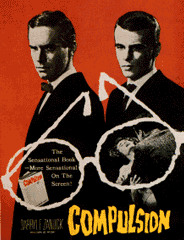 “Compulsion” (1959, Richard Fleischer). Thursday, March 21, 8 p.m. (5 p.m.). Based on the Loeb-Leopold “thrill kill” murders and adapted from Meyer Levin’s best-selling novel on the grisly case, here is a true-crime drama to make your blood run cold, directed by a master of the form, Richard Fleischer (“The Boston Strangler,” “10 Rillington Place”). Dean Stockwell and Bradford Dillman admirably play two brilliant but immoral Chicago collegiate rich boys who take Nietzsche’s “superman” theories too seriously and decide to commit the perfect murder, simply to prove they can.
“Compulsion” (1959, Richard Fleischer). Thursday, March 21, 8 p.m. (5 p.m.). Based on the Loeb-Leopold “thrill kill” murders and adapted from Meyer Levin’s best-selling novel on the grisly case, here is a true-crime drama to make your blood run cold, directed by a master of the form, Richard Fleischer (“The Boston Strangler,” “10 Rillington Place”). Dean Stockwell and Bradford Dillman admirably play two brilliant but immoral Chicago collegiate rich boys who take Nietzsche’s “superman” theories too seriously and decide to commit the perfect murder, simply to prove they can.
Shot in realistic yet eerie black-and-white, this movie is one of the screen’s most convincing portraits of pure evil. And it also contains one of the movies’ very best trial scenes: an astonishing tour de force by that sometimes amazing actor, Orson Welles.
With only one big scene, Welles burns up the screen as defense attorney Clarence Darrow, delivering (in one take) Darrow’s legendary “plea for life” speech, and making every word and sentiment echo and re-echo through his magnificent voice, his grand hamming and his deep theatrical soul. All three of these actors shared the Best Actor prize for “Compulsion” at the Cannes Film Festival. And they deserved it.
Thursday, March 21
5 a.m. (2 a.m.): “Port of Shadows” (French. Marcel Carne, 1939). A moody French army deserter (Jean Gabin, in one of his prototypical roles) hides out in Le Havre – port city of shadows, sin and impending danger – and falls in love with a beautiful victim (Michèle Morgan), who is also pursued by a poseur (Michel Simon) and a crook (Pierre Brasseur). A dark destiny awaits them all. One of the godfathers of film noir was the ’30s French sub-genre called “poetic realism,” and “Port of Shadows” is a classic example. Directed and written by the great poetic realist stylists Marcel Carné and Jacques Prévert, who went on to make together the immortal (and noirish) films “Le jour se lève” and “Children of Paradise.” (In French, subtitled.) [Read more…]
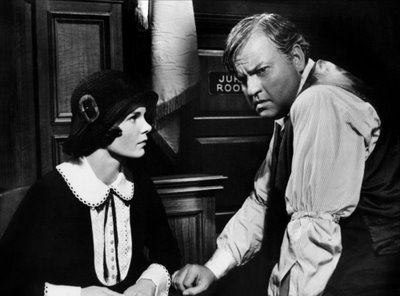





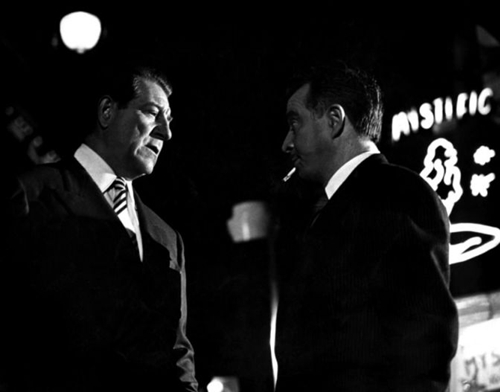
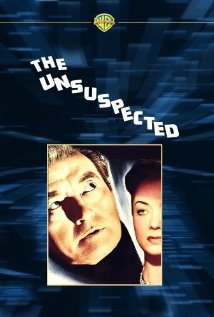
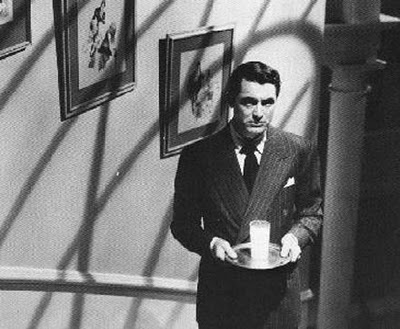
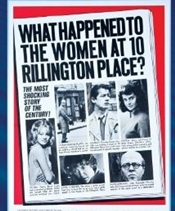
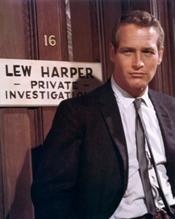

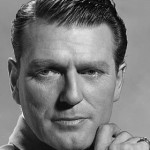
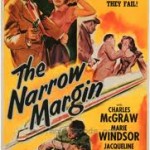
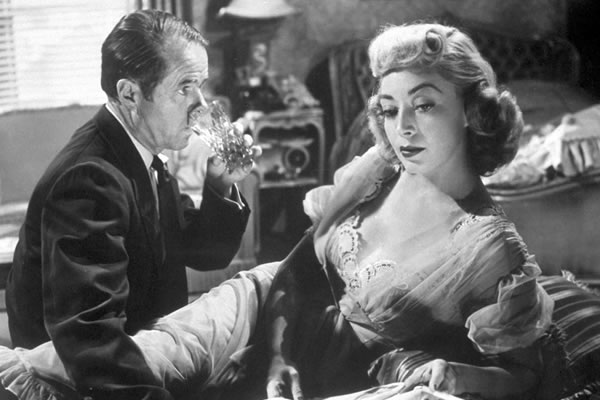
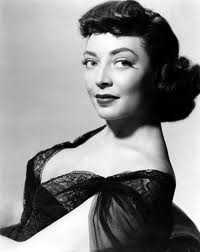





From FNB readers